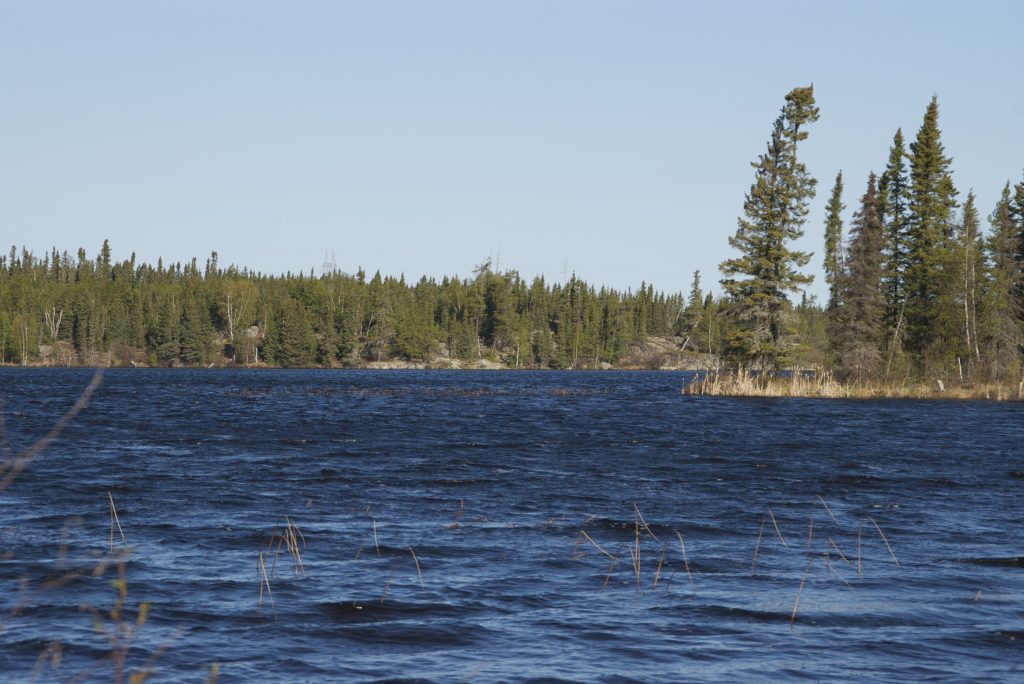Scientists are attempting to define a new geological time period in order to recognise the changes we’ve brought to the world, and Crawford serves as a model. Its sediments have absorbed plutonium from bomb tests as well as fallout from intensive fossil fuel burning. The mud would represent the start of a projected.
Researchers want to acknowledge their significance by making them a “golden spike”, or more properly. Other great transitions in geological time are associated with a GSSP. Often, it’s literally a brass nail hammered into some cliff face deemed to be of major scientific importance. But for Crawford, it would be a brass plaque next to a frozen section of the sediments (mud), kept in a museum in the Canadian capital, Ottawa.

You may have seen the famous Chronostratigraphic Chart featured in textbooks and on school classroom walls, detailing the 4.6-billion-year history of Earth.

Its blocks of time – like Triassic, Jurassic and Cretaceous – trip off the tongue. We currently live in the Holocene Epoch, which covers the time from the end of the last ice age, 11,700 years ago.
The Anthropocene is a proposed geological epoch recognizing the impact of human activities on Earth. In a recent study, Canadian lake mud represents the profound changes caused by humans. Sediment cores from a Yukon lake reveal increased pollutants and human-made materials, reflecting the Industrial Revolution’s onset. The findings highlight the global consequences of human actions, such as altered ecosystems and pollution. The study emphasizes the urgency of sustainable practices and environmental conservation. Overall, the Canadian lake mud serves as a symbolic reminder of human-induced transformations and the need to protect the planet.

